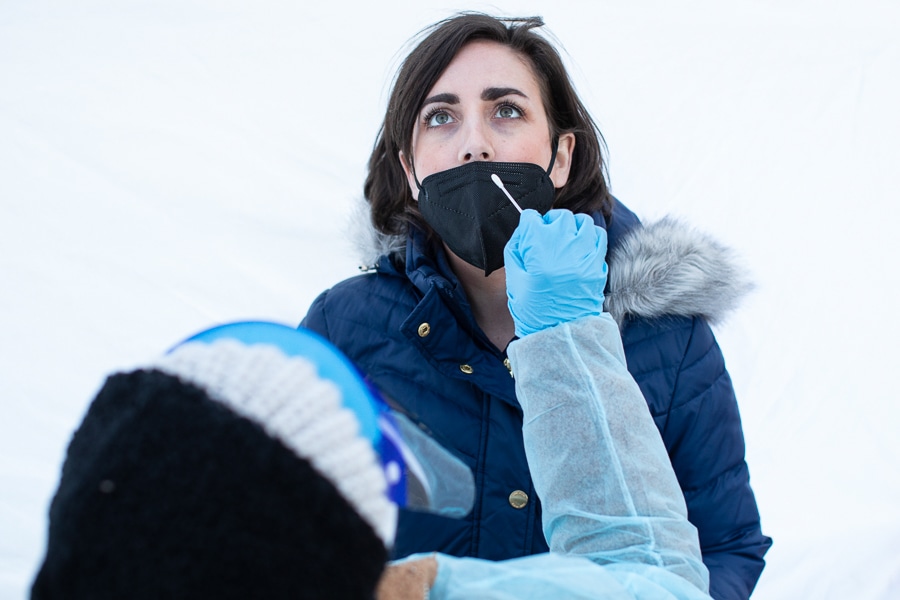
1889 Russian flu that could hold they the key to Covid-19's future
In May 1889, people living in Bukhara, a city that was then part of the Russian Empire, began sickening and dying. Some of the infected described an odd symptom: a loss of smell and taste. Those who recovered reported lingering exhaustion
 A rapid coronavirus test in Washington, D.C., Jan. 14, 2022. A mysterious respiratory pandemic that spread in the Russian Empire in the late 19th century could help scientists anticipate the future of COVID-19.
A rapid coronavirus test in Washington, D.C., Jan. 14, 2022. A mysterious respiratory pandemic that spread in the Russian Empire in the late 19th century could help scientists anticipate the future of COVID-19.
Image: Tom Brenner/The New York Times
In May 1889, people living in Bukhara, a city that was then part of the Russian Empire, began sickening and dying. The respiratory virus that killed them became known as the Russian flu. It swept the world, overwhelming hospitals and killing the old with special ferocity.
Schools and factories were forced to close because so many students and workers were sick. Some of the infected described an odd symptom: a loss of smell and taste. And some of those who recovered reported a lingering exhaustion.
The Russian flu finally ended a few years later, after at least three waves of infection.
Its patterns of infection and symptoms have led some virus experts and historians of medicine to now wonder: Might the Russian flu actually have been a pandemic driven by a coronavirus? And could its course give us clues about how our pandemic will play out and wind down?
©2019 New York Times News Service







